Owning land is more than a transaction—it’s a responsibility. Whether you’ve got 20 acres or 200, how you care for it today shapes what it becomes tomorrow. At Open Season, we’ve seen firsthand how thoughtful land management not only protects your investment, but deepens its value over time—ecologically, financially, and personally.
1. Conservation Practices
Good stewardship starts with the basics: managing erosion, protecting water sources, and preserving healthy soil. Whether you’re planting cover crops or building buffers around streams, conservation work protects your land’s natural function—and helps ensure it stays productive and beautiful for years to come.
2. Agricultural Sustainability
If your land includes pasture or farmland, long-term productivity depends on how it’s used. Practices like rotational grazing, soil testing, and regenerative planting can reduce wear, improve yields, and keep your land healthy for the next generation—whether it’s you, your family, or a lessee.
3. Timber and Forestry Management
Trees are more than scenery—they’re an asset. Working with a consulting forester on selective harvests, replanting, or firebreaks can support both wildlife and timber value. Even if you’re not harvesting now, a management plan helps you build long-term growth with the health of the forest in mind.
4. Wildlife Enhancement Strategies
Many landowners want more than just return—they want habitat. Adding food plots, nesting cover, or small water features can invite deer, turkey, quail, and pollinators. Managing your land for wildlife doesn’t just improve recreation—it creates a balanced ecosystem that adds life and meaning to your property.
5. Long-Term Value Boosters
Simple improvements can make your land more usable, enjoyable, and appealing down the line. Think boundary markings, trail maintenance, culvert repairs, or clearing underbrush around roads or ponds. These don’t just make visits better—they increase marketability and perceived value if you ever sell.
6. Invasive Species Control
Left unchecked, invasive plants can take over. Privet, kudzu, or non-native grasses crowd out the good stuff and reduce usability. Managing these early—whether through spot-spraying, burning, or mechanical removal—saves time and restores balance.
7. Use the Resources Available
You don’t have to manage your land alone. Agencies like the NRCS (Natural Resources Conservation Service), state forestry departments, and local soil and water offices often offer free or subsidized programs. From cost-share plantings to personalized land plans, the help is there—it’s just a matter of asking.
8. Make It a Habit
Great land management doesn’t happen in one weekend. Create a seasonal rhythm: check trails in spring, mark boundaries in fall, burn or clear in winter. Keeping a simple calendar or checklist can make upkeep feel less like a chore and more like care.
Land Management Is Legacy Work
When you manage land with care, it gives back—for generations. It’s more than increasing value—it’s about shaping a place you can be proud of, use well, and maybe one day hand off. At Open Season, we’re not just here for the buy or sell—we’re here for the walk between.
Need a place to start or a plan to improve what you already own? Let’s talk.
